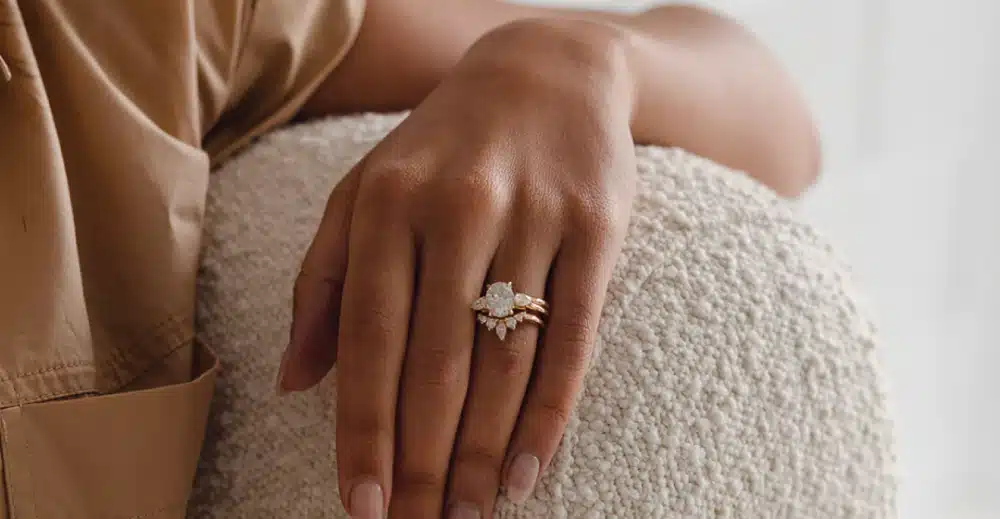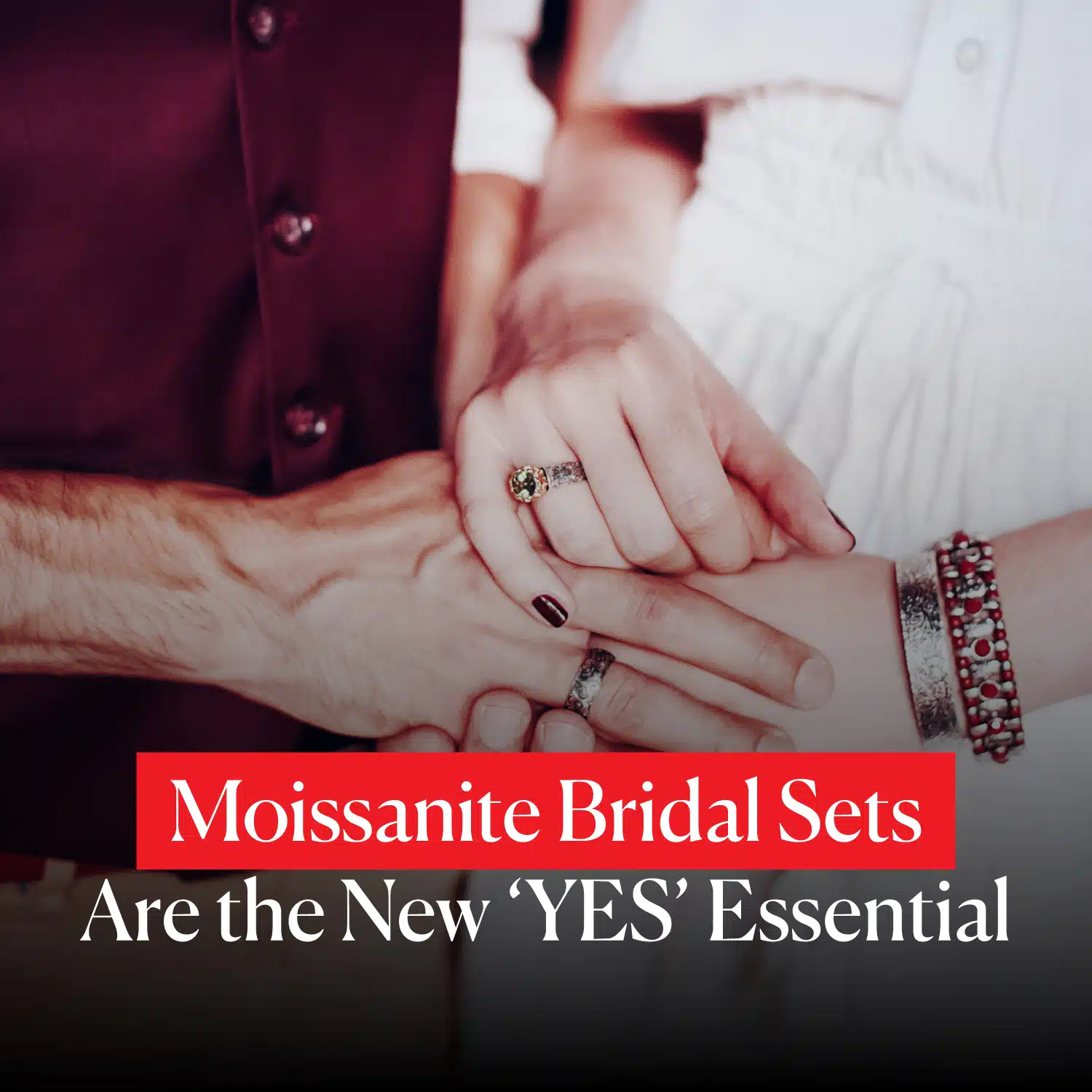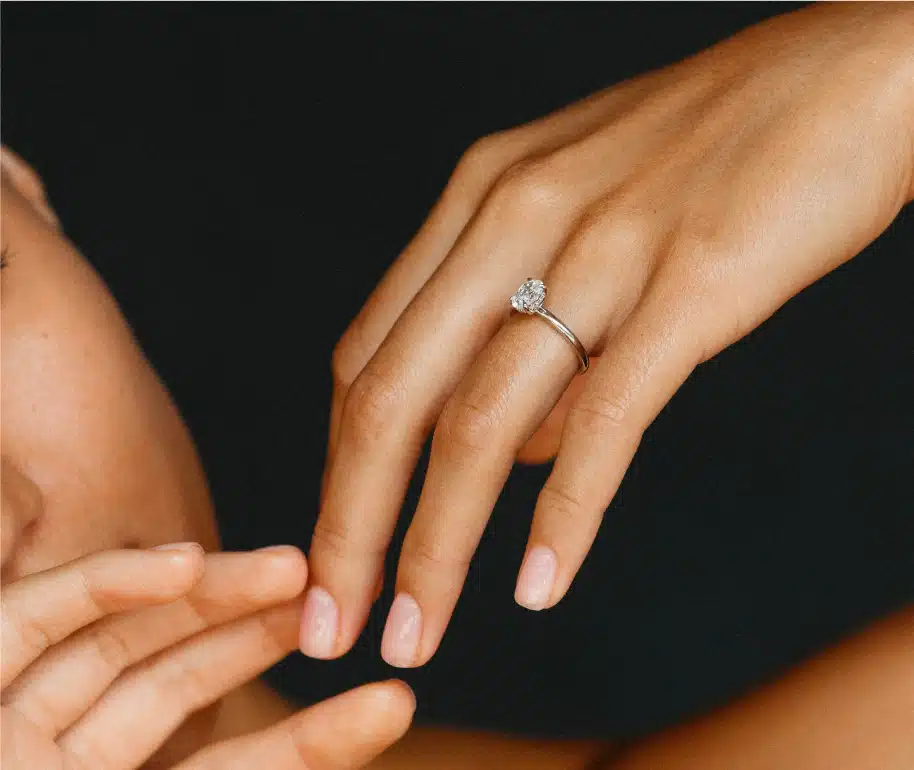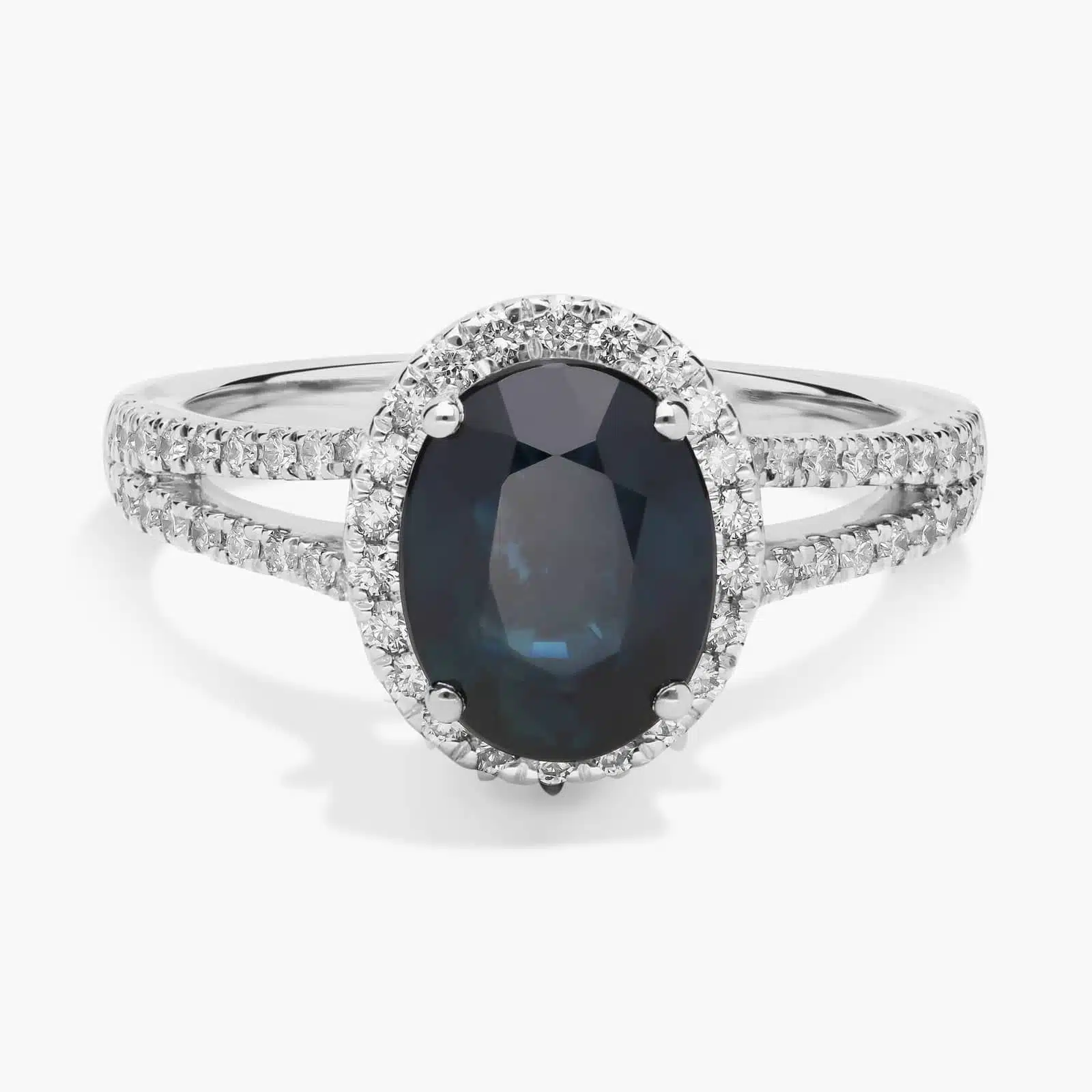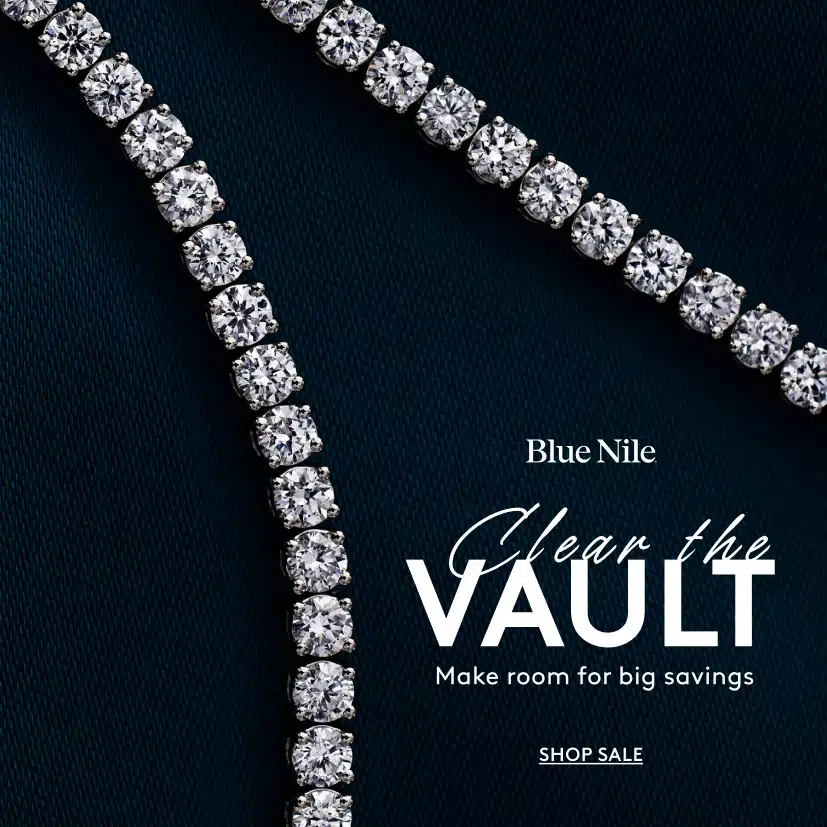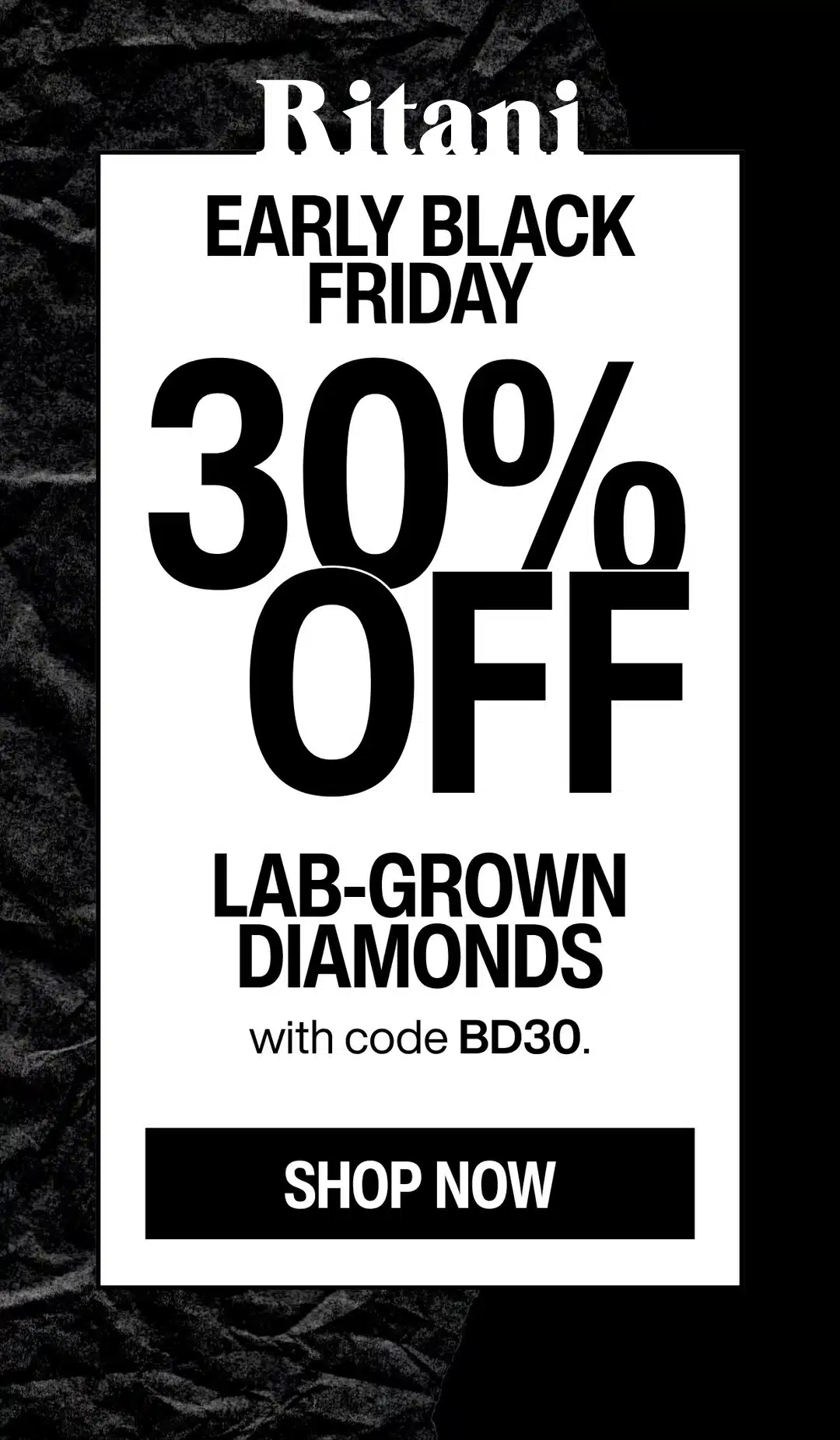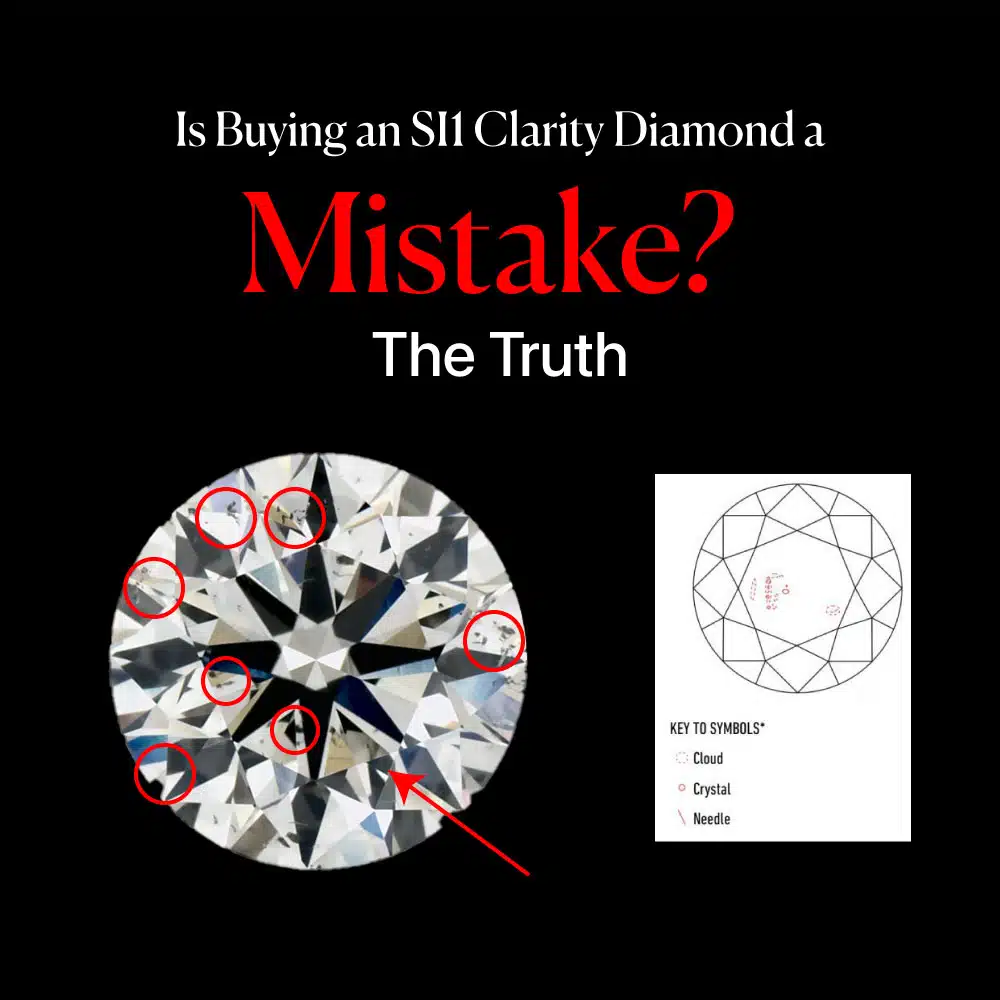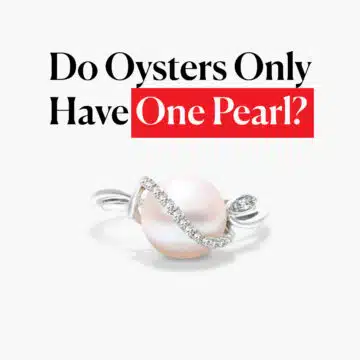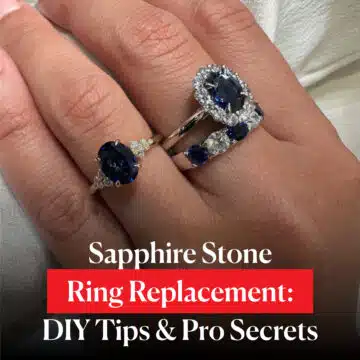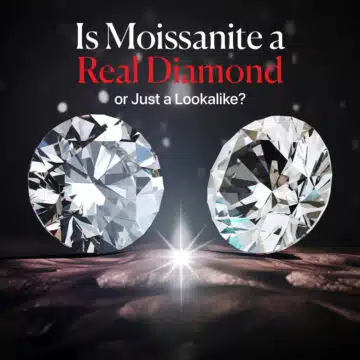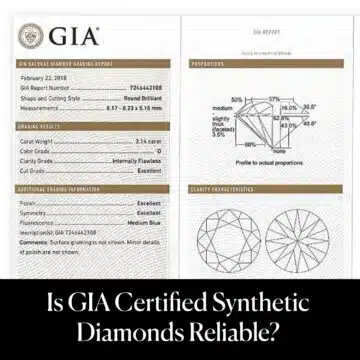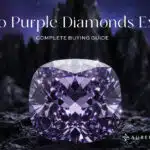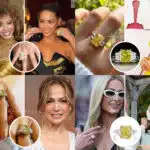No, buying an SI1 clarity diamond is almost never a huge mistake; in fact, for the vast majority of people, it’s the single smartest decision you can make. It’s the secret sweet spot where you get a diamond that looks perfectly flawless without paying for a technical perfection you can’t even see.
But the key—and the reason this question even exists—is knowing how to pick the right one and avoid the few bad apples. I’m going to give you my expert system for doing just that.
To help you know if you’re on the right track, here’s my quick verdict on whether the SI1 grade is right for you.
| You should strongly consider an SI1 if… | You might look at other grades if… |
| ✅ You want the best value for an eye-clean diamond. | ❌ You want the absolute highest grade on paper, regardless of cost (VVS/IF). |
| ✅ You feel the “treasure hunt” for a top-tier SI2 is too risky. | ❌ You are buying a very large (3ct+) Emerald or Asscher cut. |
| ✅ You want a diamond that looks flawless in an engagement ring. | ❌ You are on an extremely tight budget where even SI1 is a stretch. |
- My 4-Step System to Finding the Perfect SI1 Clarity Diamond
- SI1 vs. Its Neighbors: A Head-to-Head Value Comparison
- How Your Diamond's Shape Changes the SI1 Game (A Deeper Dive)
- The Carat Size Factor: Why a 2-Carat SI1 Isn't Like a 1-Carat SI1
- Your SI1 Clarity Diamond Questions, Answered
- My Final Verdict: So, Is an SI1 Diamond a Mistake?
Diamond IQ Test: Natural or Lab-Grown?
Two identical diamonds: GIA Certified, 1.51ct, D Color, VVS1, Ideal Cut. One is natural ($16,530), the other is lab-grown ($2,390). Choose the diamond you like better and see if you can match it to its origin.
My 4-Step System to Finding the Perfect SI1 Clarity Diamond
Finding a great SI1 clarity diamond isn’t about luck or having a “magic eye.” It’s about having a repeatable system that takes the guesswork out of the equation. This is my personal 4-step process that I guide all my clients through.
Follow it, and you’re virtually guaranteed to find a stunning, eye-clean stone that offers incredible value.
Step 1: Choose Your Shape Wisely
Before you even look at a single diamond, this first step can make your search incredibly easy or incredibly difficult. Different diamond shapes handle inclusions in vastly different ways because of their unique facet patterns. Some are masters of disguise; others are brutally honest.
| Shape Category | Diamond Shapes | My SI1 Recommendation |
| Brilliant Cuts (Forgiving) | Round, Oval, Cushion, Radiant, Princess, Pear | Excellent Choice. These shapes have dozens of small, angled facets designed to maximize sparkle. This explosion of light is fantastic at breaking up and hiding minor inclusions, making it much easier to find an eye-clean SI1. |
| Step Cuts (Revealing) | Emerald, Asscher | Use Extreme Caution. These shapes have long, open, rectangular facets that act like clear windows into the diamond’s core. They don’t have the fiery sparkle to hide behind. Finding an eye-clean SI1 is much harder, and I often guide clients toward a VS2 for these shapes. |
DIAMOND ON SALE!!
⏰ Tick-Tock! The Best Diamond Deals at James Allen Are Disappearing Fast!
Step 2: Scrutinize the Certificate and Video
Trust me on this: for any SI clarity diamond, a grading report alone is an incomplete picture. You need to be a detective, and you have two crucial pieces of evidence.
- The GIA Certificate: This is your diamond’s blueprint. Insist on a GIA certificate. On it, find the clarity plot, which is a map of your diamond’s inclusions. Don’t just see that a flaw exists; see what it is. A “feather” sounds different from a “crystal,” and seeing its general location is your first clue.
- The 360° HD Video: This is non-negotiable and the reason I so strongly recommend vendors like James Allen and Blue Nile. The video is where the blueprint comes to life.
It answers the critical questions: Is that crystal on the plot a dark, noticeable speck, or is it transparent and totally invisible? Is that feather white and blended, or does it catch the light in a weird way? The video is your personal jeweler’s loupe.
James Allen is a top leader in online diamond sales, offering cutting-edge imaging technology that lets you inspect diamonds as if you were using a jeweler's loupe. With the largest exclusive selection of loose diamonds available online and excellent pricing, they also boast one of the finest collections of lab-created diamonds on the market. They currently run a 25% discount on selected lab-grown diamonds!
WHAT WE LOVE ABOUT THEM:
- 30-day no-questions-asked return policy, with a prepaid shipping label provided by James Allen.
- Lifetime warranty on all purchases.
- Free international shipping.
- Complimentary prong tightening, repolishing, rhodium plating, and cleaning every six months.
- Insurance appraisals included with purchases.
- One free resizing within 60 days of purchase.
- Free ring inscriptions available.
- Best-in-class high-quality imagery for every diamond in stock.
- 24/7 customer support.
- Premium, best-in-class packaging.
You must use them together. The plot tells you what to hunt for, and the video tells you if it’s actually a problem.
Step 3: Hunt for “Good” Inclusions (And Avoid the “Bad”)
This is where you put on your expert hat. Not all inclusions are created equal. Knowing the difference is what separates a good buy from a great one. While you have to be an expert treasure hunter to find a great SI2 clarity diamond, the search for a good SI1 is much more straightforward if you know what to look for.
| Inclusion Characteristic | The “Good” SI1 (Green Light) | The “Bad” SI1 (Red Flag) |
| Color | White or transparent (feathers, pinpoints, clouds) | Black or dark (crystals, knots) |
| Location | Near the girdle (edge), easily hidden by a prong | Dead-center under the table facet |
| Type | Small, scattered pinpoints | A single, large, concentrated inclusion |
| Impact | No effect on sparkle or durability | Makes the diamond look hazy or risks its structure |
Let’s look at real-world examples:
Example of a GOOD SI1: Imagine you’re on James Allen and you find this exact 1.21 carat, H-color, SI1 Oval cut diamond. This GIA report is a perfect road map to its value.
Here’s exactly what this looks like when you put the online store’s view and the GIA report side-by-side. On the left, you see the beautiful diamond; on the right, you see the ‘blueprint’ that proves why it’s a smart buy.
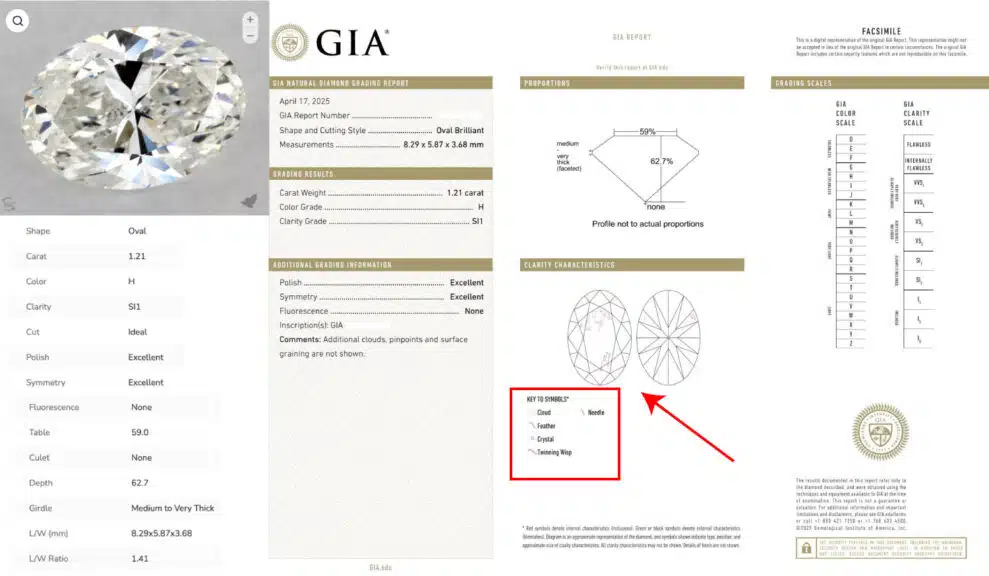
You can see the clarity grade isn’t from one single, large, ugly flaw in the center. Instead, it’s based on a collection of smaller, less significant inclusions like a feather and some minor crystals and clouds that are scattered and located off-center, mostly toward the tapered end of the diamond.
This is a huge green light. In the video, you would confirm these inclusions are faint and not dark. Because they aren’t in the middle of the stone, they will be masked by the diamond’s natural sparkle, and the feather could even be hidden by a prong.
This is the definition of a smart SI1 purchase—a stone that looks identical to a far more expensive VS-grade diamond.
That flaw is harmless, and a prong from your ring setting will likely cover it completely, making your SI1 diamond look identical to a $1,500 more expensive VS2.
Example of a BAD SI1: Now, imagine you’re on Blue Nile and find this exact 1.05 carat G-color Round Brilliant. The price is fantastic, and the specs look perfect—Excellent cut, G color.
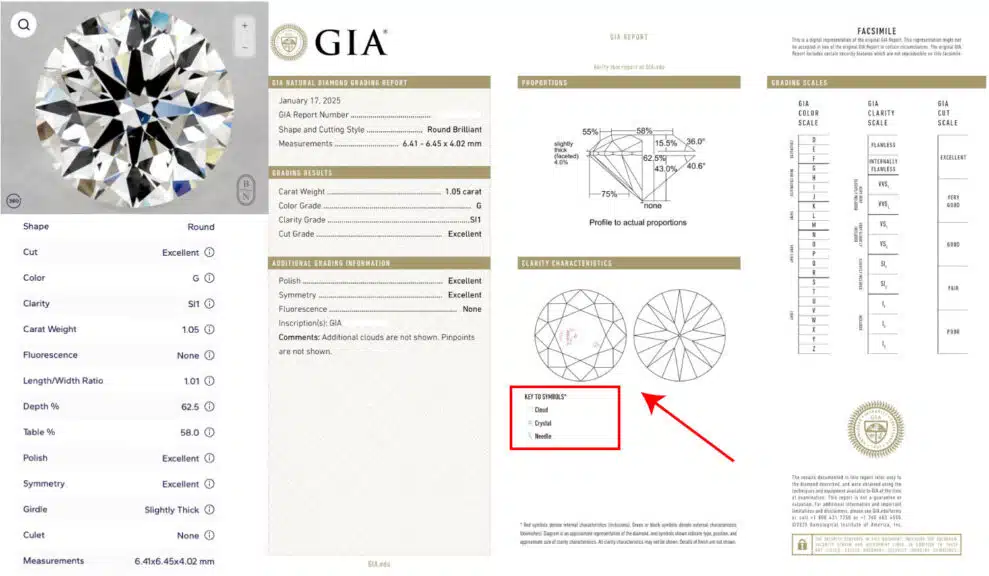
But this is a classic trap. On the GIA plot, you see a cluster of red marks—a cloud, a crystal, and a needle—grouped together right under the main table.
This is a huge red flag. A concentrated cloud like this, even if the individual inclusions are tiny, can create a hazy or milky spot that deadens the sparkle in that specific area. Even though it’s not one big black speck, your eye will be drawn to that less-brilliant spot forever.
For the same price, you can find another SI1 with a less noticeable, better-placed inclusion elsewhere. This is one you should definitely reject.
Step 4: The Safety Net: A Rock-Solid Return Policy
This final step isn’t about the diamond itself; it’s about protecting your purchase and giving you complete peace of mind.
I tell every client that they should only buy a diamond online from a vendor that offers a hassle-free, 30-day return policy. This is your ultimate safety net. It allows you to see the diamond in person, in your own lighting conditions, away from the flattering, high-intensity lights of a jewelry store.
It turns an online purchase into a completely no-risk decision. If for any reason—any reason at all—you don’t feel it’s the perfect stone, you can send it back for a full refund. It’s the final check that ensures your smart decision is also a safe one.
Blue Nile is one of the biggest and most recognized online jewelry retailers, offering an extensive and exclusive inventory. Their high-resolution images are improving and getting closer to the quality offered by James Allen, while their prices remain highly competitive. Right now, Blue Nile offers up to 30% savings on jewelry during a limited-time sale.
WHAT WE LOVE ABOUT THEM:
- 30-day no-questions-asked return policy, with a prepaid shipping label provided by Blue Nile.
- Lifetime warranty on all purchases.
- Free shipping on every order.
- Complimentary services every six months, including prong tightening, repolishing, rhodium plating, and cleaning.
- Insurance appraisal included with your purchase.
- One free resizing within the first year.
- High-quality images available for roughly half of their diamond selection.
- 24/7 customer service support.
- Full credit toward future upgrades, as long as the new item is at least double the value.
- Best-in-class order fulfillment process.
SI1 vs. Its Neighbors: A Head-to-Head Value Comparison
Okay, you’re convinced an SI1 clarity diamond is a serious contender. But to be 100% confident, you need context. What are you really giving up by not paying more for a VS2? And what risk are you avoiding by not trying to save a little more with an SI2?
This is where the rubber meets the road. It’s not just about grades on a piece of paper; it’s about your money and your peace of mind. Let’s break down the real-world numbers.
Best Deal Of The Year – Final Days
Blue Nile’s “Clear The Vault” is ON.
Shop Fine Jewelry Upto 70% OFF.
*Exclusions may apply. See Blue Nile for complete details.
SI1 vs. VS2: The Smart Money vs. The Safe Money
This is the most common decision my clients face. VS2 (Very Slightly Included 2) is one grade higher than SI1. The technical difference is that a VS2’s inclusions are smaller and harder for a gemologist to find under 10x magnification.
But here’s the truth that saves you money: to your naked eye, there is zero visible difference between an eye-clean SI1 and an eye-clean VS2.
The real difference is certainty. A VS2 is virtually guaranteed to be eye-clean. An SI1 is highly likely to be eye-clean, but it requires the quick 30-second check of the video that I taught you in the 4-step system.
So, what are you paying for? Peace of mind. Let’s look at an example:
- Imagine you’re on Blue Nile searching for a beautiful 1.21 carat, H color, Excellent cut Round Brilliant diamond.
- You find a stunning, eye-clean SI1 diamond priced at approximately $4,910.
- You then find a visually identical, eye-clean VS2 diamond with the same specs priced at $5,740.
That’s an $800 premium for the VS2 grade—money you are paying for the convenience of not having to check the video. My advice? Take the 30 seconds, save the $800, and put it toward a better setting or a nice dinner to celebrate. That’s the smart money.
Read Our 5-Star Blue Nile Review
Check our comprehensive Blue Nile review to learn why we rated Blue Nile 5 stars for their exceptional quality and value.
Here’s a simple breakdown:
| Feature | VS2 (The Safe Money) | SI1 (The Smart Money) |
| Core Concept | Paying a 15-25% premium for guaranteed peace of mind. | Doing 30 seconds of homework to get the same visual result for less. |
| Eye-Clean Guarantee | Virtually guaranteed to be eye-clean, no inspection needed. | Highly likely to be eye-clean, but requires a quick video check. |
| Value | You get a great stone, but you leave money on the table. | The best intersection of beauty and price for an eye-clean diamond. |
| My Verdict | A fine choice if you have the extra budget and want zero hassle. | The single best value for most buyers. |
SI1 vs. SI2: The Safe Bet vs. The Expert’s Treasure Hunt
Now let’s look in the other direction. If SI1 is a smart value, can you get an even better value by dropping down to an SI2?
This is where the game changes from a smart bet to a high-risk treasure hunt. As I explain in my guide to the SI2 clarity diamond, finding an eye-clean SI2 is absolutely possible and represents an incredible find—if you can locate one. The problem is that many SI2 diamonds have flaws that are visible to the naked eye.
- With an SI1, you are confirming that an already great diamond is perfect for you.
- With an SI2, you are sifting through many flawed diamonds hoping to find the one rare gem.
Let’s use our same example:
- That eye-clean SI1 diamond costs $4,800.
- You see an SI2 diamond with the same specs listed on James Allen for $4,100.
That $700 savings looks tempting. But you have to ask why it’s cheaper. It’s likely because that SI2 has a noticeable black crystal or a hazy cloud. The rare, top-tier eye-clean SI2 you actually want is much harder to find and is often priced higher, closer to the SI1 anyway.
Here’s how the decision stacks up:
| Feature | SI1 (The Safe Bet) | SI2 (The Treasure Hunt) |
| Core Concept | The reliable, safe choice for a beautiful eye-clean diamond. | A high-risk, high-reward search for a diamond that might be a great value. |
| Eye-Clean Likelihood | Very high. The vast majority of SI1 diamonds are eye-clean. | Low. Only a small percentage are truly eye-clean. |
| Effort Required | A quick, 30-second video check. | An extensive search, comparing dozens of videos and GIA reports. |
| My Verdict | The lowest clarity grade I recommend for guaranteed peace of mind. | A great find for experienced bargain hunters, but a risky path for most buyers. |
How Your Diamond’s Shape Changes the SI1 Game (A Deeper Dive)
Let’s be crystal clear about something that most jewelers won’t tell you upfront: a clarity grade is not a universal constant. The rules for an SI1 clarity diamond in a Round Brilliant cut are completely different from the rules for an SI1 in an Emerald Cut.
Your choice of diamond shape is the single most important factor that dictates whether an SI1 is a brilliant, money-saving move or a potential mistake. This is because different facet patterns interact with inclusions in dramatically different ways.
To make it simple, I’ve broken down all diamond shapes into two families.
| Shape Category | Diamond Shapes | My SI1 Recommendation |
| Brilliant Cuts | Round, Oval, Cushion, Radiant, Princess, Pear | Excellent Choice |
| Step Cuts | Emerald, Asscher | Use Extreme Caution |
Now, let me explain exactly what that means for you and your wallet.
Brilliant Cuts: Your Safest Bet
This category, which includes the popular Round, Oval, and Cushion cuts, is an SI1 diamond’s best friend. These shapes are engineered with dozens of small, angled facets designed to maximize sparkle and fire. Think of this intense sparkle as a natural camouflage.
It does an incredible job of masking minor inclusions, making your search for a beautiful, eye-clean stone relatively easy and stress-free. For any shape in this category, you can shop for an SI1 with very high confidence.
Step Cuts: Proceed with Caution
This category includes the elegant Emerald and Asscher cuts. I tell my clients to be extremely careful here. These shapes have long, parallel “steps” that create a deep, clear window into the diamond’s core. They don’t have the fiery sparkle to hide behind.
Because of this, any inclusion—especially one located in the center—will be put on full display. While finding a perfectly eye-clean SI1 in an Emerald or Asscher cut is possible, it is very rare and requires a deep, expert search.
Frankly, for these shapes, you will almost certainly have a better and safer experience by budgeting for a VS2 clarity grade to ensure you get that clean, glassy look they are famous for.
James Allen: Our 5-Star Choice for Price and Selection
Check our comprehensive James Allen Review to learn more about their pricing and commitment.
The Carat Size Factor: Why a 2-Carat SI1 Isn’t Like a 1-Carat SI1
Here’s something most jewelers won’t tell you outright: a diamond’s clarity grade isn’t an absolute measure. It’s always relative to its size. This means an SI1 clarity diamond inclusion that is completely invisible in a 1-carat stone can become a noticeable flaw in a 2.5-carat stone.
Understanding this is crucial to making a smart buy, especially as you go up in size.
Think of it this way: a diamond’s table—that big, flat facet on top—is a window. A bigger diamond has a bigger window, making it easier to see what’s inside. A tiny speck of dust in a small room might go unnoticed, but the same speck on a giant, empty dance floor is the first thing you see. It’s the same principle with diamonds.
So, while SI1 is my recommended “sweet spot” for value, here are my general rules of thumb as the carat weight increases.
Under 1.5 Carats
For any diamond in this size range, an eye-clean SI1 is almost always a fantastic, safe choice. The “window” is small enough that the vast majority of SI1 inclusions are simply not visible to the naked eye. You can shop with very high confidence.
1.5 to 2.0 Carats
This is the transition zone. In this range, you need to be a bit more selective. It’s more important than ever to follow Step 3 of my system and hunt for those “good” inclusions—the white, transparent ones located off to the side. An SI1 is still an excellent choice here, but you should be a little more picky about it.
Over 2.0 Carats
Once you go above two carats, the game changes. That “window” is now significantly larger. An inclusion that was harmless at 1.25 carats can become a focal point at 2.5 carats.
For example: Imagine you find a 2.5 carat, H color Round Brilliant on Blue Nile with an SI1 clarity grade. The GIA report notes a small dark crystal slightly off-center. In a smaller diamond, this might be a non-issue. But in a stone this large, that “small” crystal could be visible to your eye as a distracting speck.
This doesn’t mean you must avoid an SI1 in a large diamond, but it means your standards have to be incredibly high. You should only consider stones where the inclusions are minor, white, and located very near the edge.
For many buyers in this size range, stepping up to a VS2 clarity grade is the safer path to guaranteeing that perfectly eye-clean look.
Here is a simple cheat sheet to summarize my advice:
| Carat Weight | My SI1 Recommendation |
| Under 1.5 Carats | Safe Bet |
| 1.5 to 2.0 Carats | Be Selective |
| Over 2.0 Carats | Use Caution / Consider VS2 |
This isn’t about scaring you away from a larger SI1 diamond, but about equipping you with the expert knowledge to choose the right one for your specific ring.
Your SI1 Clarity Diamond Questions, Answered
When you’re making a decision this important, you’re going to have questions. That’s a good thing. It means you’re being a smart shopper. Here are my honest, straight-to-the-point answers to the most common questions I hear about the SI1 clarity diamond.
My Final Verdict: So, Is an SI1 Diamond a Mistake?
Let’s bring it all home and answer the question one last time.
After all the analysis, the comparisons, and the insider tips, is buying an SI1 clarity diamond a huge mistake?
The answer is a resounding, confident no.
For the vast majority of people, an eye-clean SI1 clarity diamond isn’t just a good choice—it’s the single smartest purchase you can make when buying an engagement ring. It is the perfect intersection of beauty, quality, and value. You are getting a diamond that looks completely flawless to the naked eye, but you are not wasting a single dollar on a higher technical grade that offers no visual benefit.
So, no, it’s not a mistake. It’s a win. It’s the choice for the savvy buyer who wants to get the absolute most for their money without compromising on the beauty of their ring. It’s the choice I would recommend to my own friends and family. And it’s the choice you can make with complete and total confidence.


